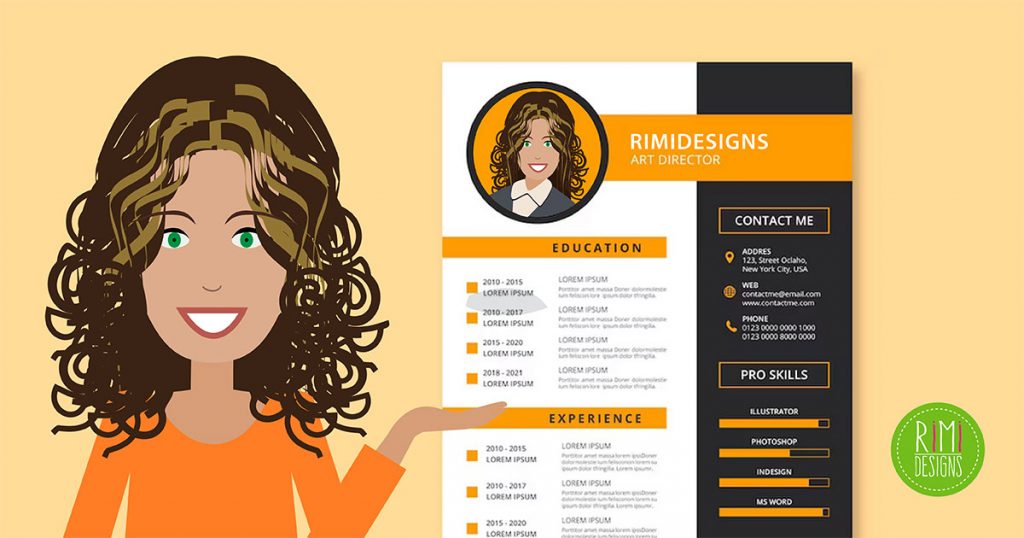
5 Steps to Perfecting Your Resume
You know that you should edit your resume before you send it off in the world, making sure it’s error-free. But to make sure that your resume is impeccable, you should really take the editing process a few steps further.
Editing is more than just giving something a once-over to eliminate egregious typos and grammar mistakes. It’s really about looking at something with a critical eye, then making changes to ensure it’s the best it can possibly be. And that’s what you want for your resume, right?
Here’s a 5-step editing plan that will take your resume from good to full-blown awesome.
Step 1: Consider the big picture
When you look at your resume for the first time, you have to resist the urge to fix typos or make style changes. The first thing you need to determine is whether the piece is working as a whole. Think about the overall message your resume is sending:
- Does this sell you as the perfect candidate for the types of roles you’re seeking?
- Are there any gaps between the experience on the page and the experience required for the job?
- If so, are there ways in which you could bridge those gaps?
- What makes your experience stand out among other similar candidates?
- Does the top third of your resume serve as a hook to get the hiring manager to read more?
- Is there anything on your resume that doesn’t need to be there?
Pro Tip: Look at the LinkedIn profiles of people at your level in your field, and see how they tell their stories. Which ones are most compelling or stand out the most? See what you can learn from them and how you can apply those lessons to your own resume.
Step 2: Scrutinise the bullets and details
Walk through your resume again. Your job at this point is to look at every section, every sentence and every word, and determine if there’s a better way to get your point across. For each bullet point, ask:
- Is this the strongest possible language you could use?
- Can anything be said more clearly or in fewer words?
- Is there any language that someone outside of your company or industry wouldn’t understand?
- Could anything benefit from examples?
- Can anything be quantified? Can you show a benefit?
- Are any words used over and over? Can they be replaced with more creative language?
Pro Tip: Have a friend who’s not in your field read your bullet points and ask what they thinks your strongest achievements are. Do you agree? If not, adjust so the most important ones really stand out.
Step 3: Fact check
Read every word on your resume again, this time asking yourself:
- Are the companies you worked for named the same thing? Are they still located in the same city?
- Are your position titles accurate?
- Are your employment dates correct?
- Are all of the numbers and percentages you use to describe increases, quotas, budgets, savings, and achievements (reasonably) accurate?
Pro Tip: As long as you’re reasonably sure that you increased customer satisfaction, fundraising numbers or sales by 25%, don’t worry about having the “official” numbers to prove it.
Step 4: Proofread
You can work intently on a document for three hours and somehow not notice that you’ve used “their” instead of “there” or mistaken “bran” for “brand.” So, proofreading one last time is a step you can’t skip.
Have someone else look your resume over but before you do, proof word by word, asking yourself:
- Are there any typos or wrong word usage?
- Does each bullet point end with a full stop (or not)? Either is fine, just be consistent.
- Are you using the serial comma (or not) throughout?
Pro Tip: When proofreading, it’s helpful to temporarily change the font or to read your resume from the bottom up. Your eyes get used to reading a page one way and can often catch new errors when you mix the format up.
Step 5: Make sure it looks nice
While you don’t have to send your resume off to a graphic designer, do keep in mind that presentation is important and that a few adjustments to your text can make a big difference in how it looks. Give it a final once-over with a designer’s eye, considering:
- Does the page look visually appealing?
- Is the page overly cluttered?
- Is the font size too small? Is it difficult to read?
- Is the font size and format for each section consistent?
- Does the layout make sense?
- Is your contact information easy to find?
Pro Tip: Make your document easier to skim through by adding divider lines between sections.
SOURCE: The Muse



